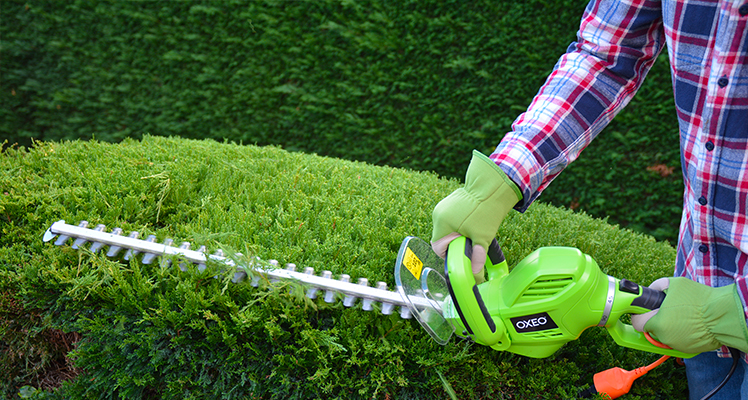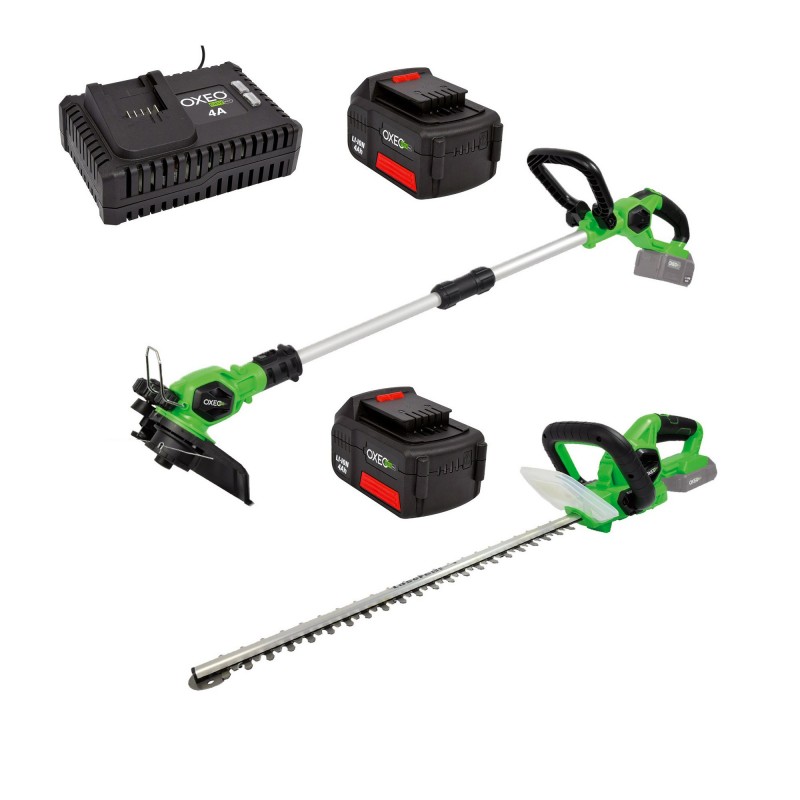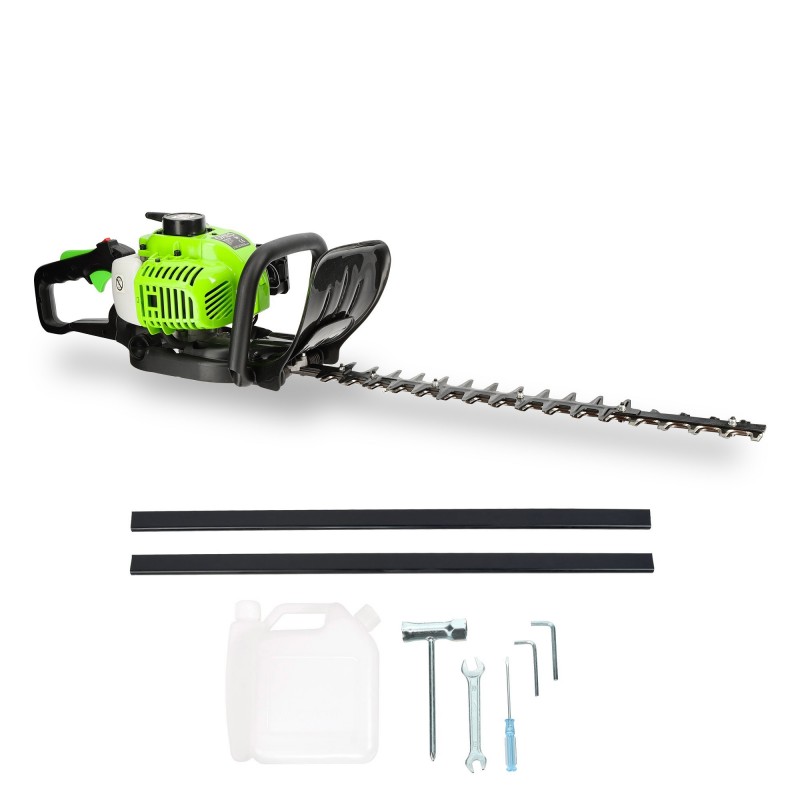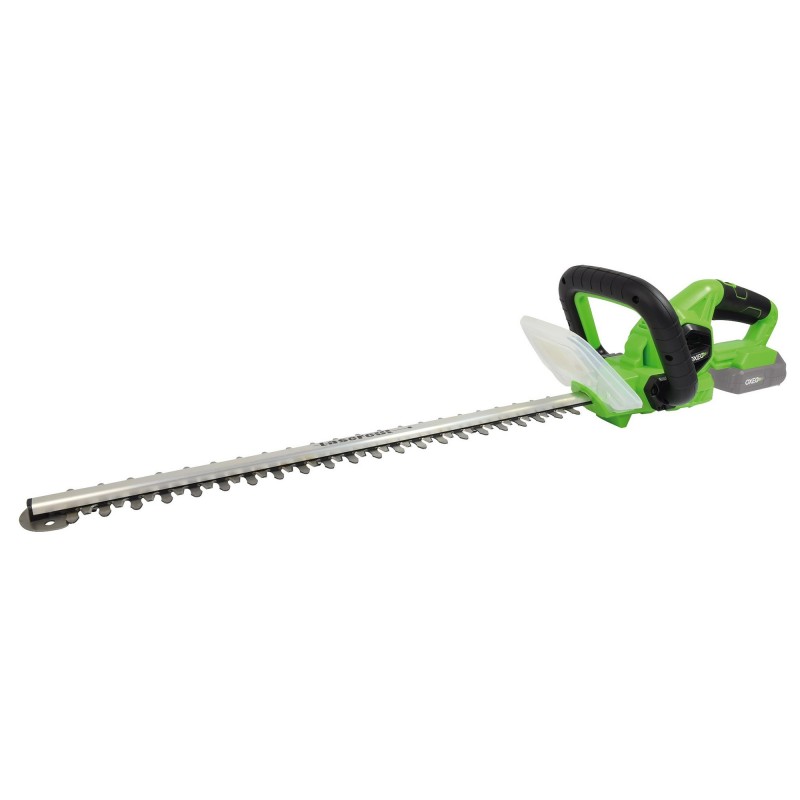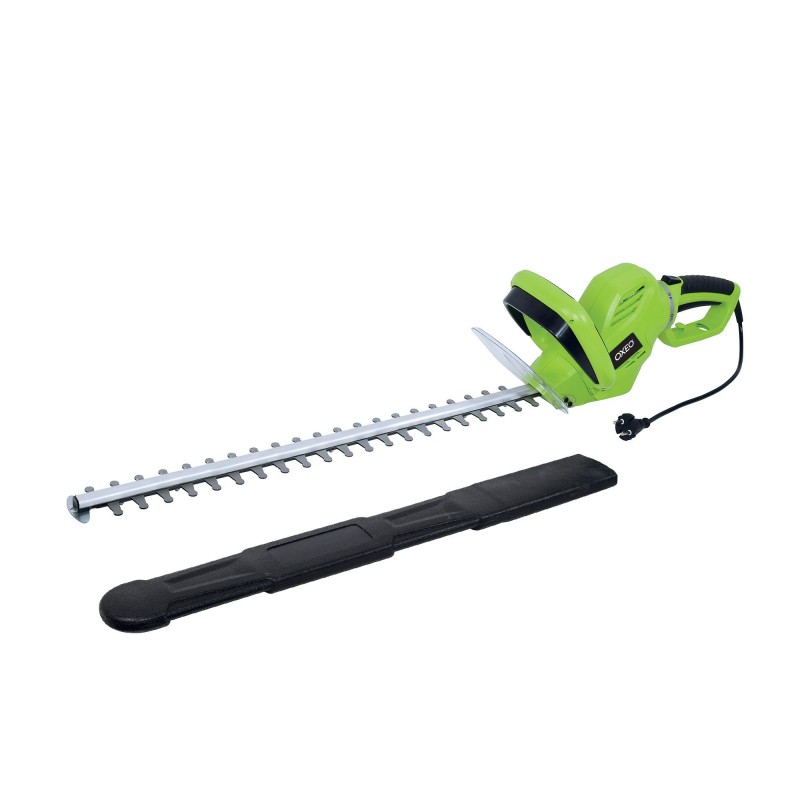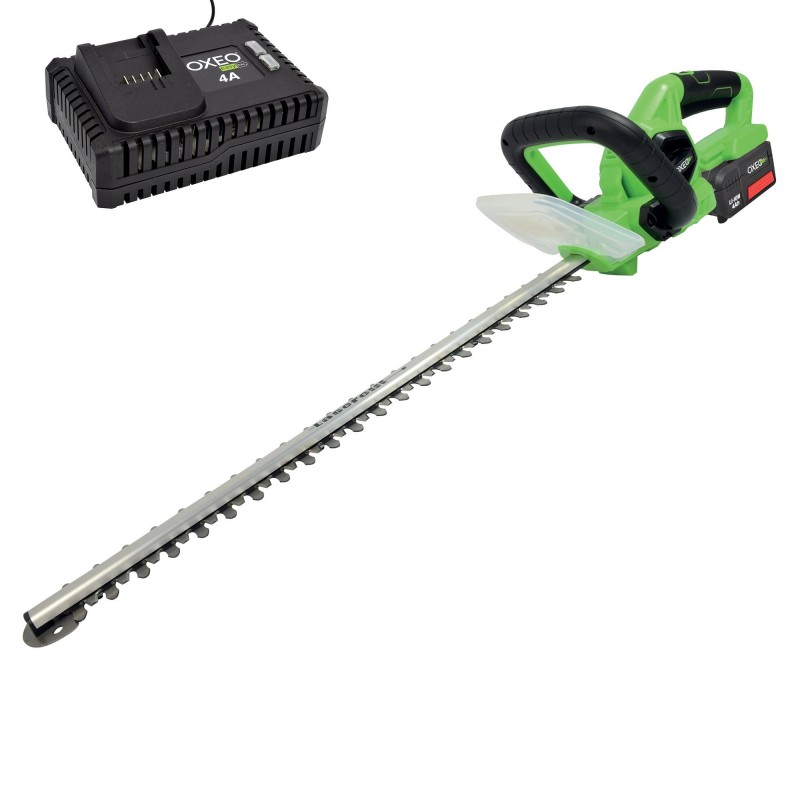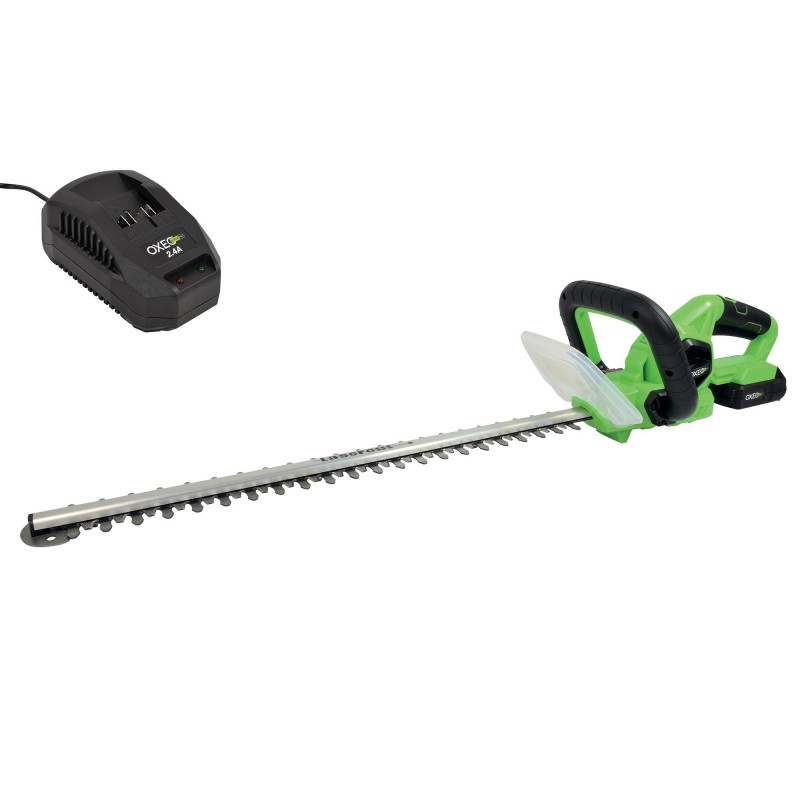How and when to trim your hedge?
A nicely trimmed hedge is important! It provides a harmonious boundary to your garden. But it can quickly become complicated if you don't know how to do it. Don't worry, in this article we tell you everything you need to know about hedge maintenance. We will also give you valuable tips on how to trim them properly. Hedges are highly valued because, as well as defining the boundaries of a garden, they reduce the risk of overlooking neighbours by acting as a privacy screen. To obtain healthy, vigorous hedges, it is important to maintain them regularly. In order to achieve a perfect result, it is necessary to know the right time to trim the hedges.
When is the best time to trim a hedge?
A hedge is usually pruned twice a year, but depending on the density of the species, it can be pruned up to three times a year:
- Deciduous hedges such as cypresses, cedars and boxwoods should be cut back before they flower from mid-February until the end of March. This is an ideal time, as the birds are not yet nesting in the branches.
- Flowering hedges such as forsythia, viburnum and jasmine should be pruned in late spring. It is important to let them bloom and to wait until the end of the flowering period before cutting them back. During this period, care should be taken to avoid bird nests in the shrubs. Hedges may flower again in summer, in which case a new, lighter cut is possible at the end of June or in July. Be careful not to let the weather get too hot, so that the cut areas do not dry out and die.
- Finally, the end of summer (late August, early September) is also a good time to cut evergreen plants.
The OXEO bonus: hedges and regulations
Hedges and other vegetation that are between 0.5 and 2 metres from the property line must not exceed a height of 2 metres. Hedges must be trimmed so that they do not overhang your property and encroach on your neighbours' property or the public highway. For more information on the regulations, we advise you to contact your local town hall. In order to protect the breeding and nesting season of birds, the European Parliament has passed a law which prohibits the cutting of hedges located in or along agricultural land between 1 April and 31 July. Only cutting at the foot of hedges is allowed. This law only concerns farmers and communities, but local decrees concerning private individuals can also be issued. We also advise you to turn to your local council for more information.
Our tips for trimming your hedge
Now that you know a little more about the optimal times for hedge maintenance, it's time to talk about the art of trimming.
Useful tools for trimming a hedge
Here is a list of the tools you will need to get started:
- Gardening gloves
- Hedge trimmer
- Branch cutter
- Ladder or scaffolding
- String or rope
- Leaf sweeper
- Green waste bag
The different types of hedge trimmers
There are different types of hedge trimmers, and we will discuss them in order to help you choose the most suitable hedge trimmer for your purpose:
- If you don't want to be bothered by wires and want to be free to move around, you can opt for a cordless hedge trimmer that runs on batteries.
- If your hedge occupies a large area of your property, we advise you to opt for a thermal hedge trimmer which will be more powerful. It will give you a lot of freedom when you are away from an electrical power source.
- For trimming a medium to large area, the electric hedge trimmer is also very practical. It is easier to handle because it is lighter (between 2 and 6kg). It also has the advantage of being quieter than a thermal hedge trimmer.
- Finally, if your hedge is very high, there are telescopic or pole-mounted hedge trimmers that allow you to work safely from the ground.
If you do not maintain your hedge regularly, it will not be possible to use a hedge trimmer: large branches may block it and this can be dangerous. In this situation it is advisable to use a lopper or a branch cutter.
Step 1: trim the sides of the hedge
The first step is to trim the sides of the hedge:
- Equip yourself with gardening gloves
- Take your hedge trimmer. Start by trimming the side of the hedge in a circular motion with your hedge trimmer, moving gently from the bottom to the top.
- For greater safety and to avoid fatigue, we advise you to keep the hedge trimmer facing you and not to stretch your arm.
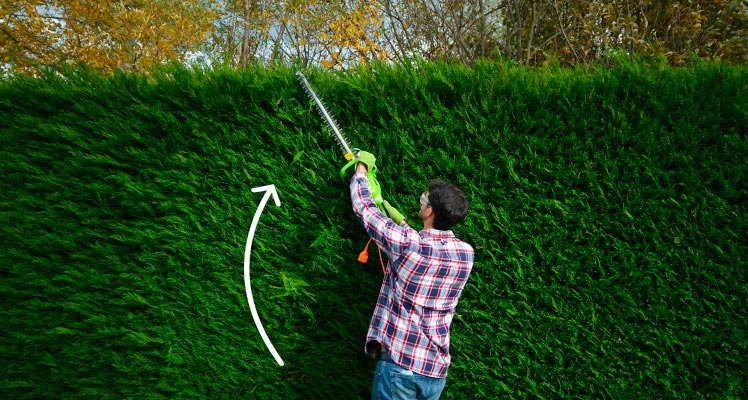
- For greater safety and to avoid fatigue, we advise you to keep the hedge trimmer facing you and not to stretch your arm.

Step 2: trim the top of the hedge properly
After finishing the sides of your hedge, the second step is to trim the top of your hedge. To trim your hedge straight you will need a string or cord:
- Plant stakes at each end of the hedge.
- Gain height by climbing a scaffold or ladder.
- Stretch the string or cord to the height you want so that it is as straight as possible.
- Tie the rope or taut line to the stakes.
- Start cutting with your hedge trimmer. To cut the top, make a mowing motion (in an arc) by presenting the hedge blade horizontally. In general, the hedge should be cut back 30 cm in height so that it becomes vigorous again.
- Stand back regularly to check the alignment of your hedge.

- Once you have finished cutting, all you have to do is pick up the vegetation on the ground with a broom and put it in a green waste bag.
Now you know how to trim your hedges properly. If you want to be more creative, you can practice topiary art by giving your shrubs and bushes geometric or other shapes.
